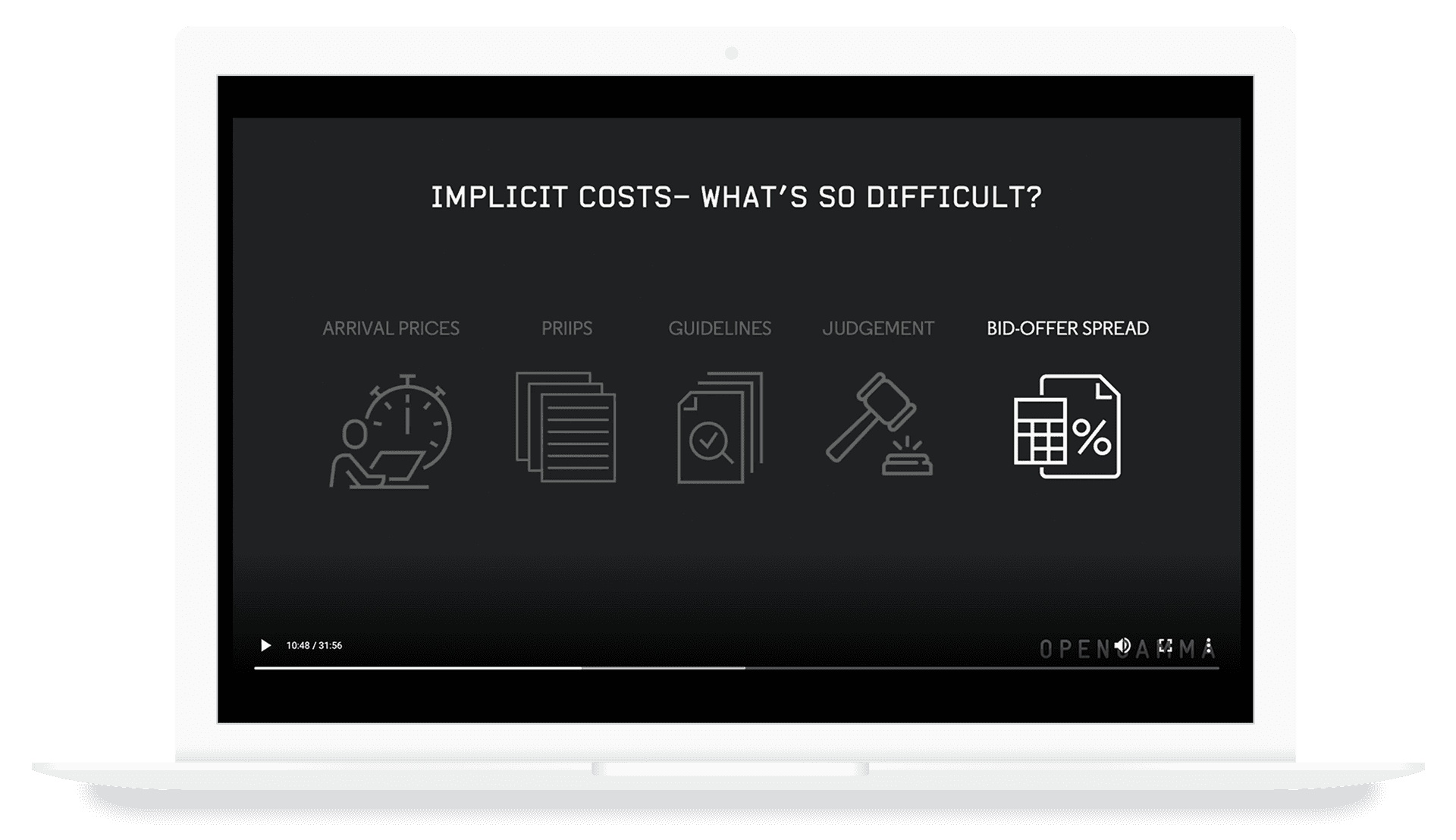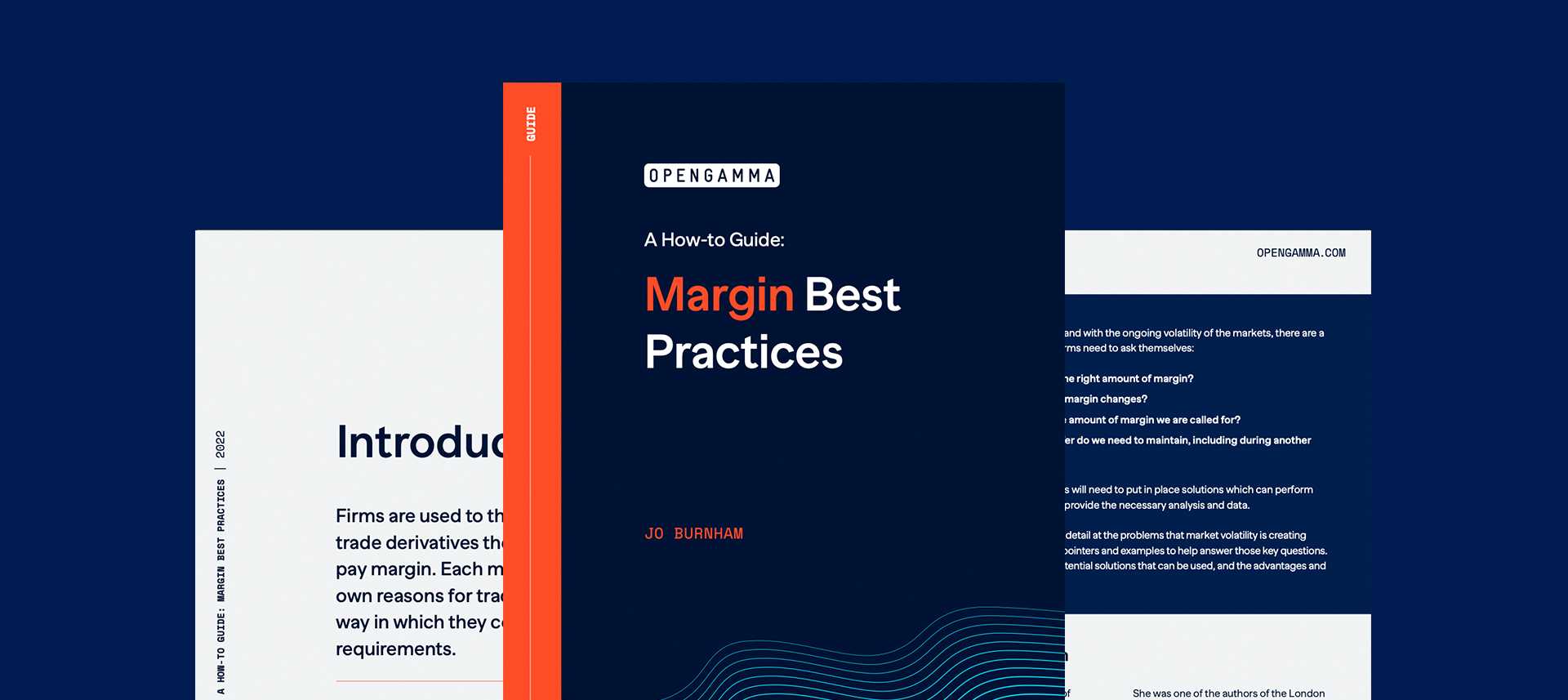MiFID II Costs and Charges: Understanding The Impact
On 3 January 2018 MiFID II’s cost and charges disclosure was introduced. This asked firms for the first time to present all costs and charges associated with their investment services and activities to end investors.
Despite the disclosure requirements being directed at MiFIDs, investors are increasingly expecting all investment firms to report their costs and charges. As a result, AIFMs are indirectly affected by this new regulation, even though they are not part of the directive. So, it’s vital both MIFIDs and AIFMs take practical steps to ensure they keep on the right side of regulators and investors.
In this ebook there is much to learn, from the three key reporting requirements and the five cost categories that need to be reported. Additionally, the challenges associated with calculating transactions costs and how to estimate implicit costs in the absence of arrival prices. Lastly, you will learn what the final report should look like.
MiFID II’s Costs and Charges Reporting Requirements
As MiFID II’s costs and charges disclosure requirements officially came into effect in January 2018, the first chapter of our Ebook will take a look at the three key reporting requirements and areas that firms need to take into account. The three key areas are listed below and explained in the Ebook.
. Immediate Response To Investor Cost Requests
. Reporting Costs For The Last Three Years
. Reporting The Cumulative Impact Of Costs On Returns
The Five Cost Strategies
From the reporting requirements, we move on to the five cost strategies that need to be disclosed. As mentioned in the introduction, investors expect all investment firms to report all costs and charges. Each category of cost is mentioned below and detailed in the Ebook.
. One-Off Charges
. Ongoing Costs
. Transaction Costs
. Ancillary Charges
. Incidental Charges
We particularly take a closer look at transaction costs which are broken down into two components, that being explicit costs and implicit costs. With the latter needing the arrival price methodology for its calculation.
How To Estimate Implicit Costs In the Absence Of Arrival Prices
In this chapter we take a look at what needs to be done when arrival prices are not present and implicit costs need to be estimated. Additionally, we also help with the understanding of estimating the implicit costs for both cash products and for derivatives.
The Final Report: What It Should Look Like?
No official template has been provided by the regulatory body, but the Investment Association has created an example for guidance, download the Ebook to view it.
Download Our Ebook For The Ultimate 10 Minute Guide On MiFID II Costs And Charges
This blog is just a small glimpse into our Ebook. Our Ebook is the ultimate guide on MiFID II Costs and Charges, where you will learn in detail about reporting requirements, cost strategies, calculating transactions costs, estimating implicit costs and what the final report should look like.




